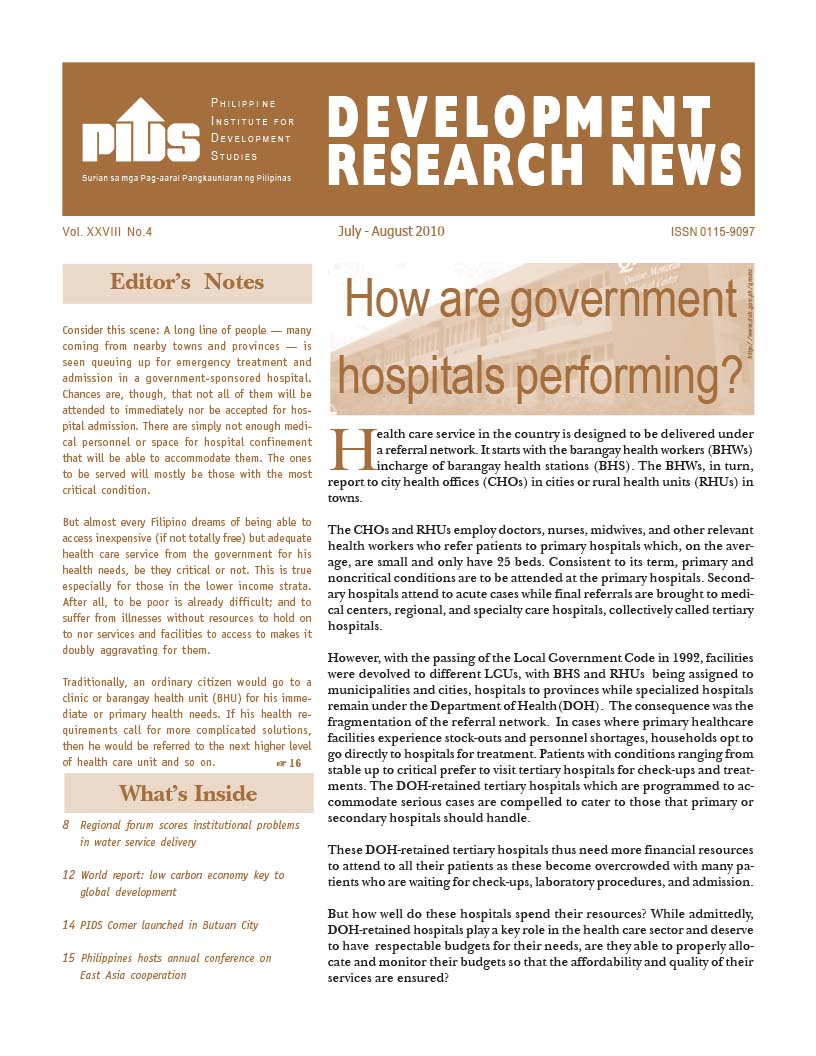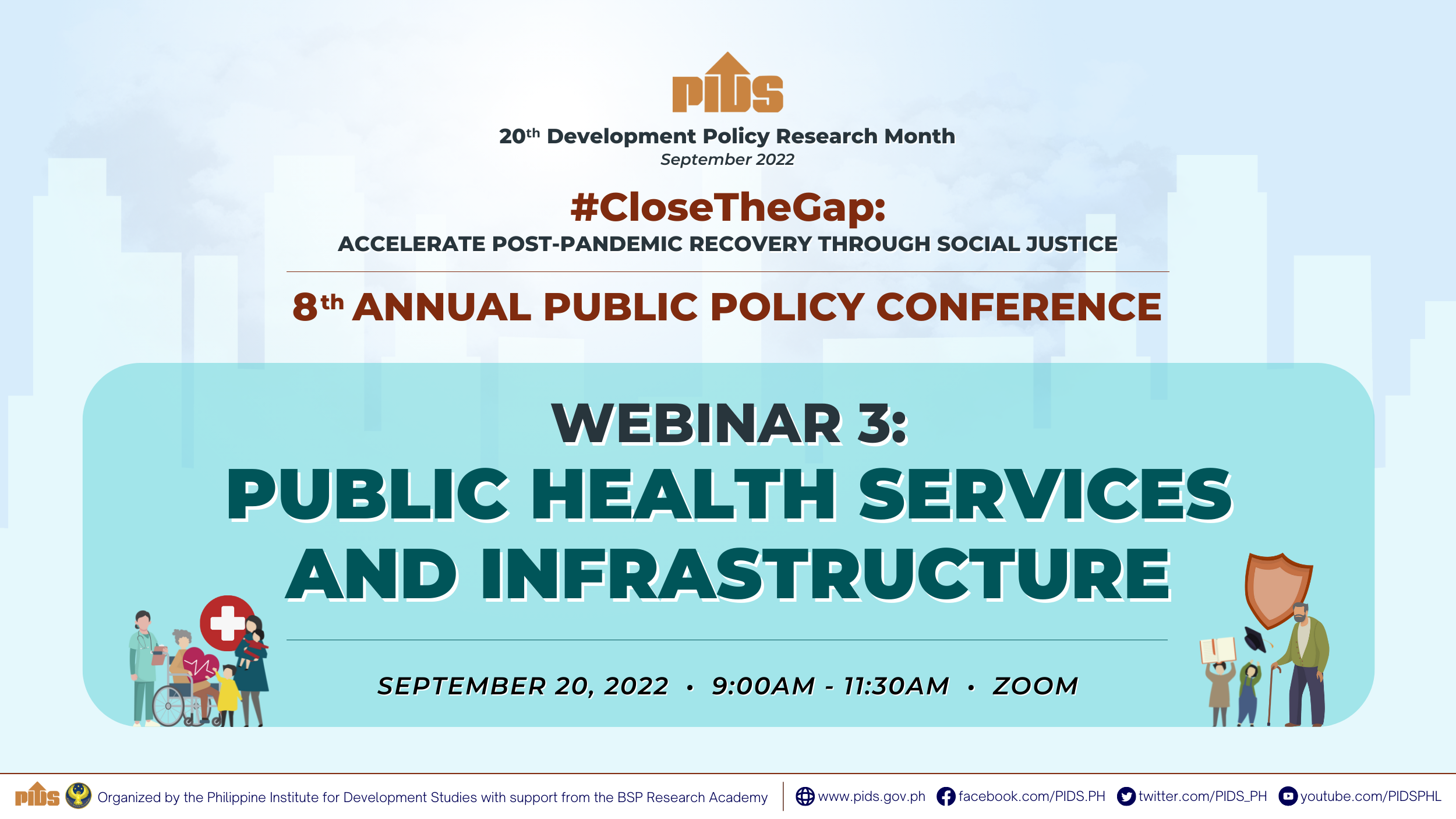Health care service in the country is designed to be delivered under a referral network. Traditionally, an ordinary citizen would go to a clinic or barangay health unit for his immediate or primary health needs. If his health requirements call for more complicated solutions, then he would be referred to the next higher level of health care unit and so on. The devolution of health services to local government units (LGUs) in the 1990s, however, caused a breakdown in this network of referral system. This has led to cases where the first unit of health care, which should have attended to the most immediate needs of the public, has been bypassed by those seeking for health services there because said unit is lacking in equipment, medicines, and personnel to respond to such needs. Often, the reason is that the LGU that is supposed to manage and maintain it lacks the necessary fund to do so.What is the implication of this, especially to the higher levels, e.g., the tertiary level, of health care units where patients tend to proceed directly? And how are these units able to cope with such situation? The lead feature of this issue looks into the hospital situation, specifically that of DOH-retained hospitals. It focuses, among other things, on the capacity of these hospitals to handle their budgets and their ability to provide a quality, affordable, and accessible health care delivery system for the country.













